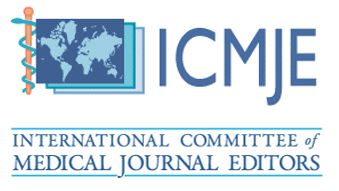Quantifying Radiographs in Endodontics: A Survey
Pavneet K. Bains, DMD1, Albert F. McMullen III, DDS, FACD1*, Haley D. Kessler, DDS1 and Andrew G. Chapple, PhD2
1 LSUHSC School of Dentistry, Department of Endodontics, New Orleans, LA, USA.
2 Department of Interdisciplinary Oncology, School of Medicine, LSU Health Sciences Center, New Orleans, LA, USA.
*Corresponding Author: Albert F. McMullen III, DDS, FACD, Director of Post-graduate Endodontics Louisiana State University Health Science Center School of Dentistry, 1100 Florida Ave, New Orleans, LA, USA.
DOI: https://doi.org/10.58624/SVOADE.2024.05.0187
Received: July 24, 2024 Published: August 23, 2024
Abstract
Purpose: The aim of this study was to investigate the average quantity of radiographs obtained during non-surgical endodontic treatment and trends in endodontic radiography among U.S. members of the AAE.
Materials & Methods: A survey was sent via e-mail to 4,269 active U.S. members of the AAE. Data were collected over a period of approximately 4 months. The number of radiographs reported for non-surgical endodontic treatment was compared across fourteen variables using Kruskal Wallace tests. Chi Square tests of Independence were also used to evaluate trends in endodontic radiography based on three primary categorical variables of interest: years of experience, professional role (PR) and use of CBCT technology.
Results: 412 responses were collected (response rate ~10%). 98.3% of respondents were endodontists while the remaining 1.7% were endodontics residents. 96.1% of respondents reported the use digital radiography, 98.1% use CBCT, 87.1% of respondents reported always using an Electronic Apex Locator (EAL), and only 29.4% of respondents reported using any type of handheld x-ray system. 54.4% reported always taking intra-operative (IO) radiographs. Most respondents selected 6-7 and 8-12 radiographs to be excessive. Kruskal Wallace tests confirmed statistically significant differences between the quantity of radiographs acquired and the categorical variables (i.e., PR, years of experience, the quantity of radiographs respondents reported to be excessive, and the type of radiography used while in residency (conventional vs. digital). The average number of radiographs acquired during non-surgical endodontic treatment was 3 (anterior), 4 (premolar) and 4 (molar). Chi Squared Tests of Independence revealed significant trends in endodontic radiography based on respondents’ PR, years of experience, and use of CBCT technology.
Conclusion: There were statistically significant differences in the average quantity of radiographs obtained during non-surgical endodontic treatment amongst respondents of varying PR and years of experience. The use of adjunct technology, type of radiography, and preferred positioning device did not significantly impact the number of radiographs completed. The average number of radiographs acquired during non-surgical endodontic treatment was higher for premolars and molars than anterior teeth.
Keywords: Radiographs, CBCT, Years of experience, Non-surgical endodontic treatment
Citation: Bains PK, McMullen III AF, Kessler HD, Chapple AG. Quantifying Radiographs in Endodontics: A Survey. SVOA Dentistry 2024, 5:5, 164-173. doi:10.58624/SVOADE.2024.05.0187











